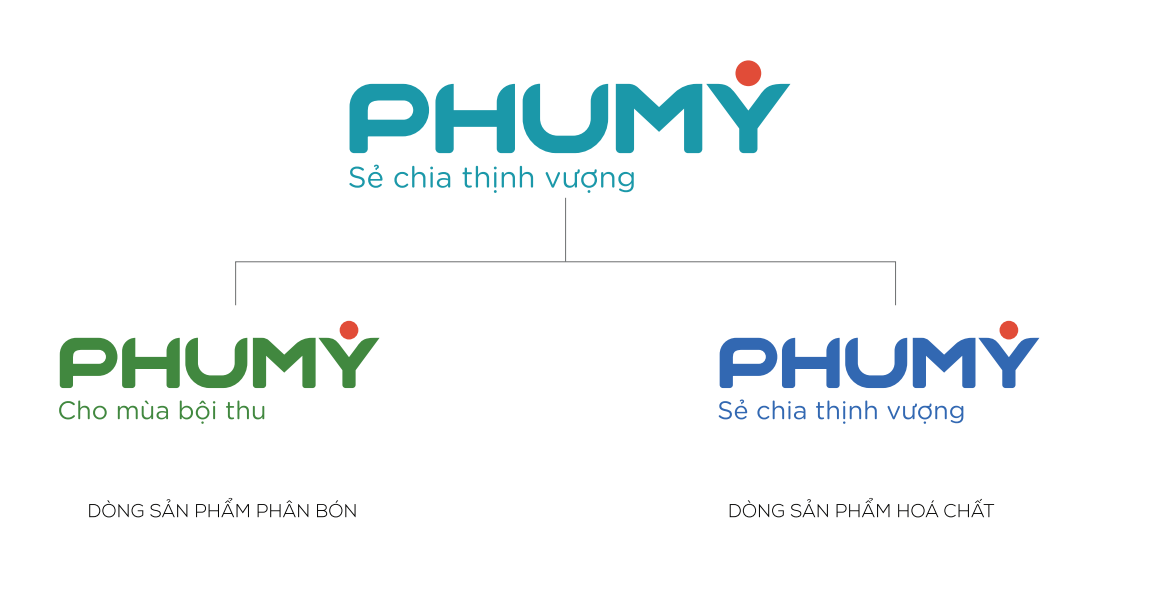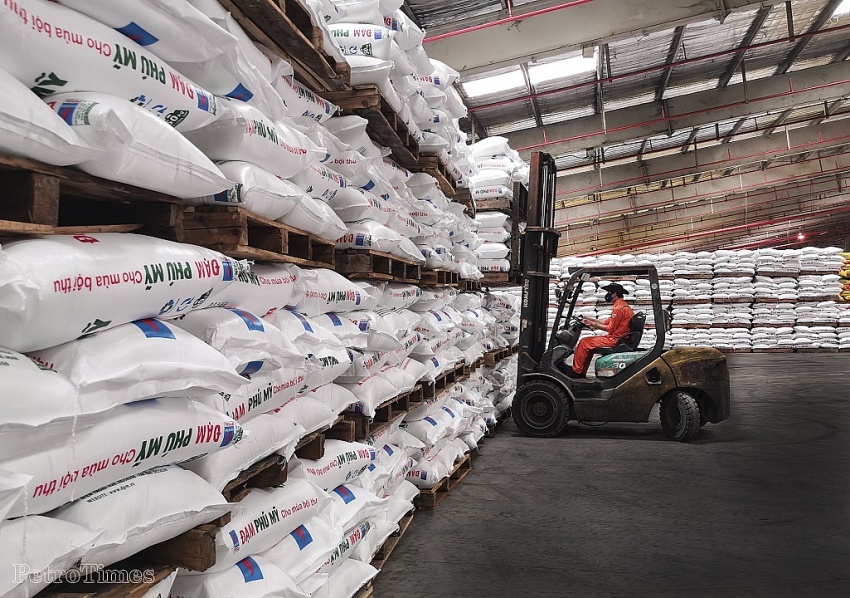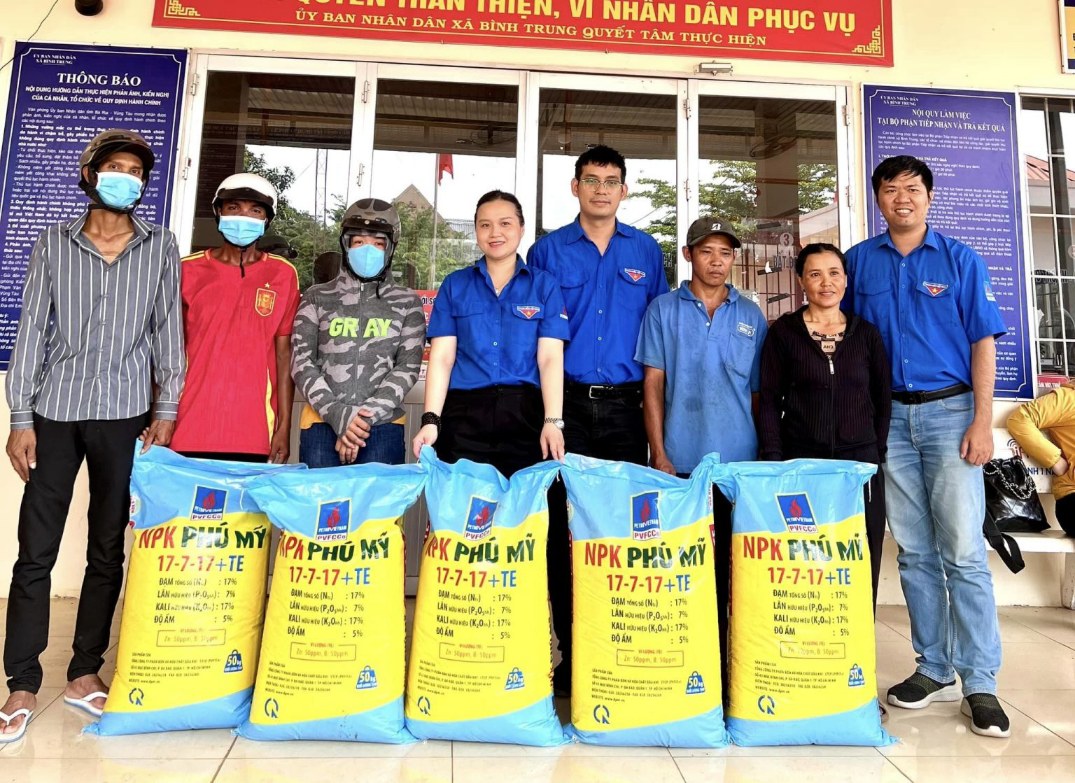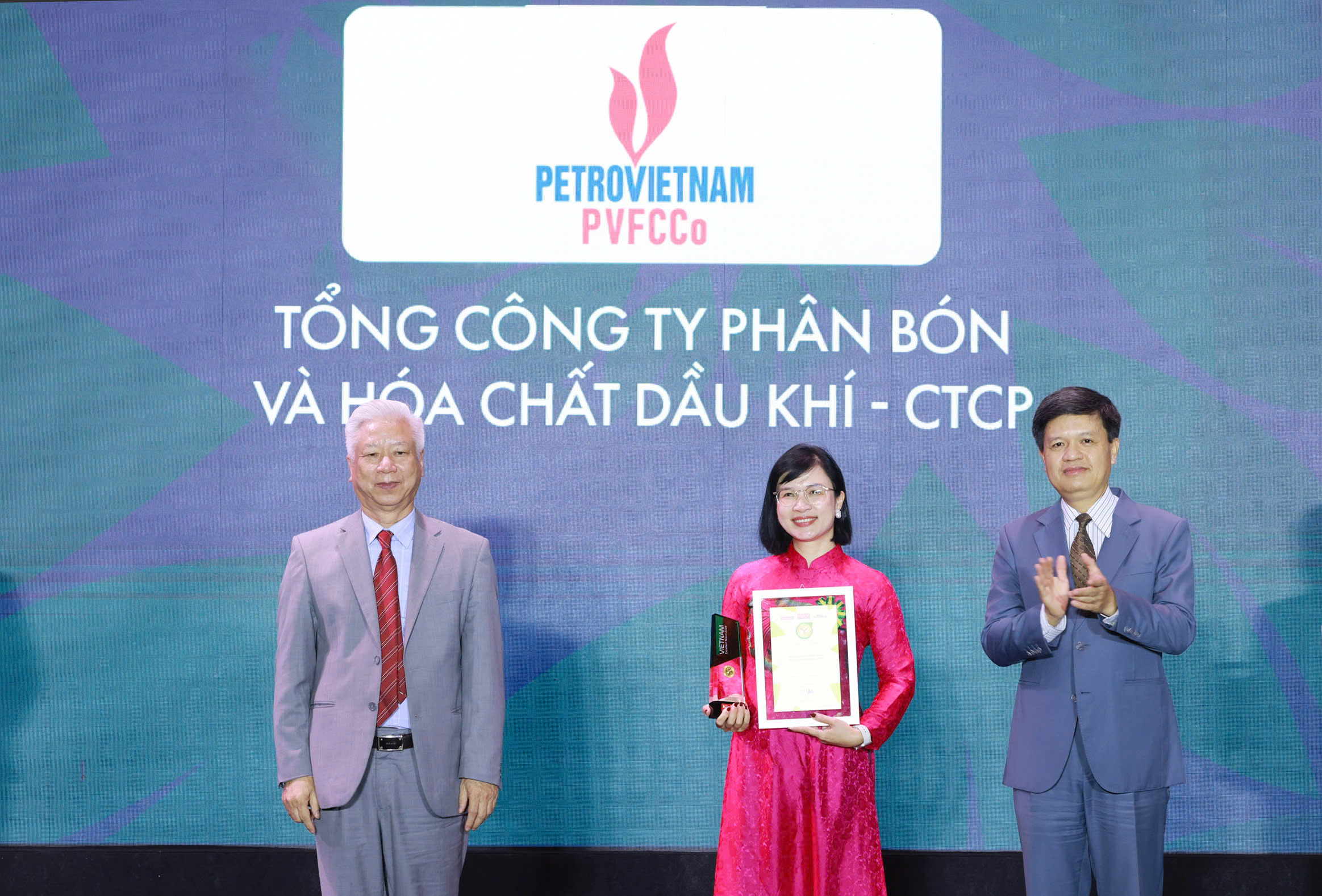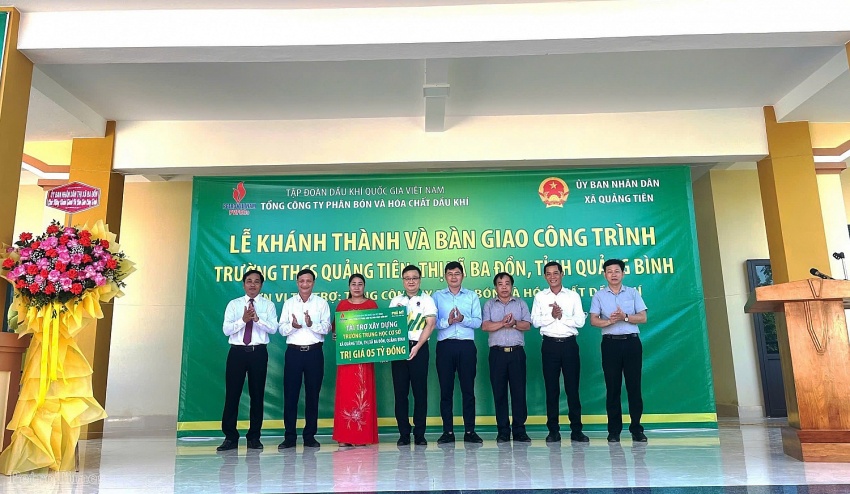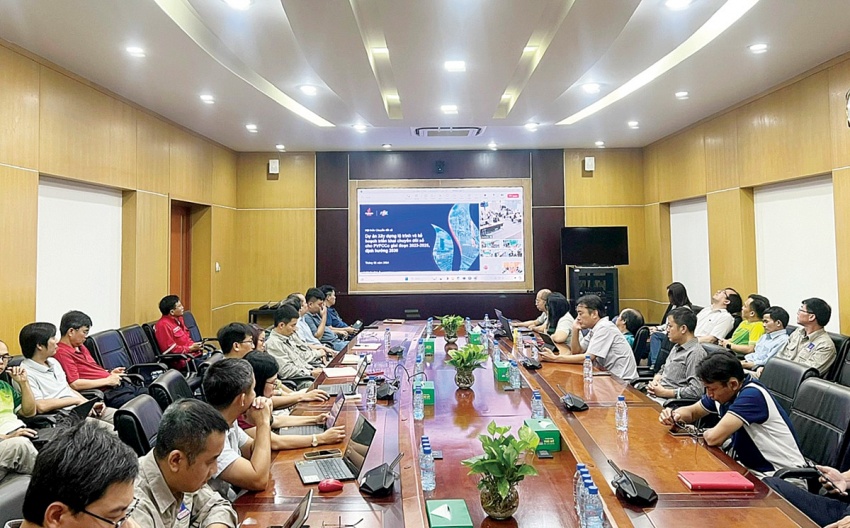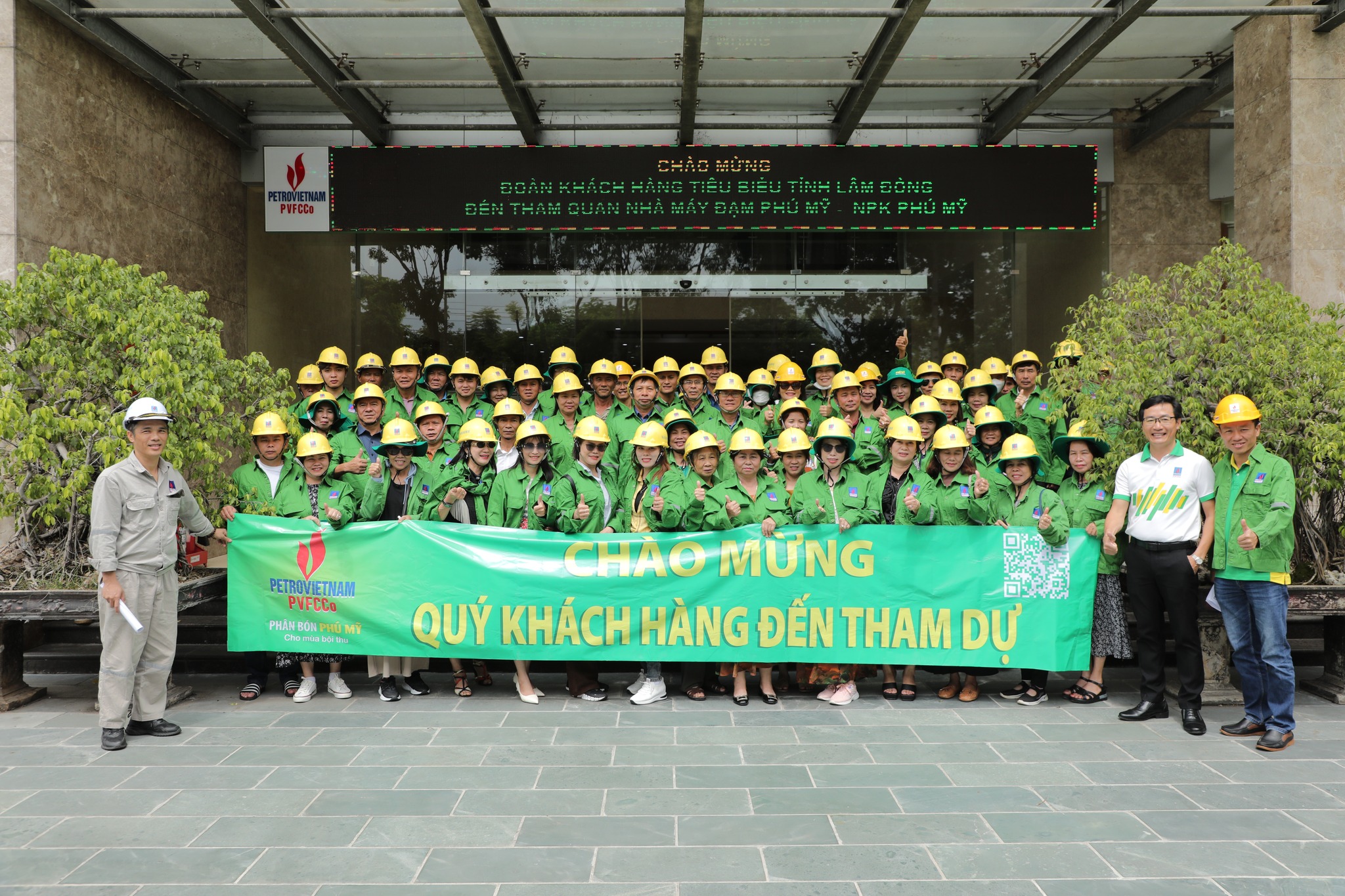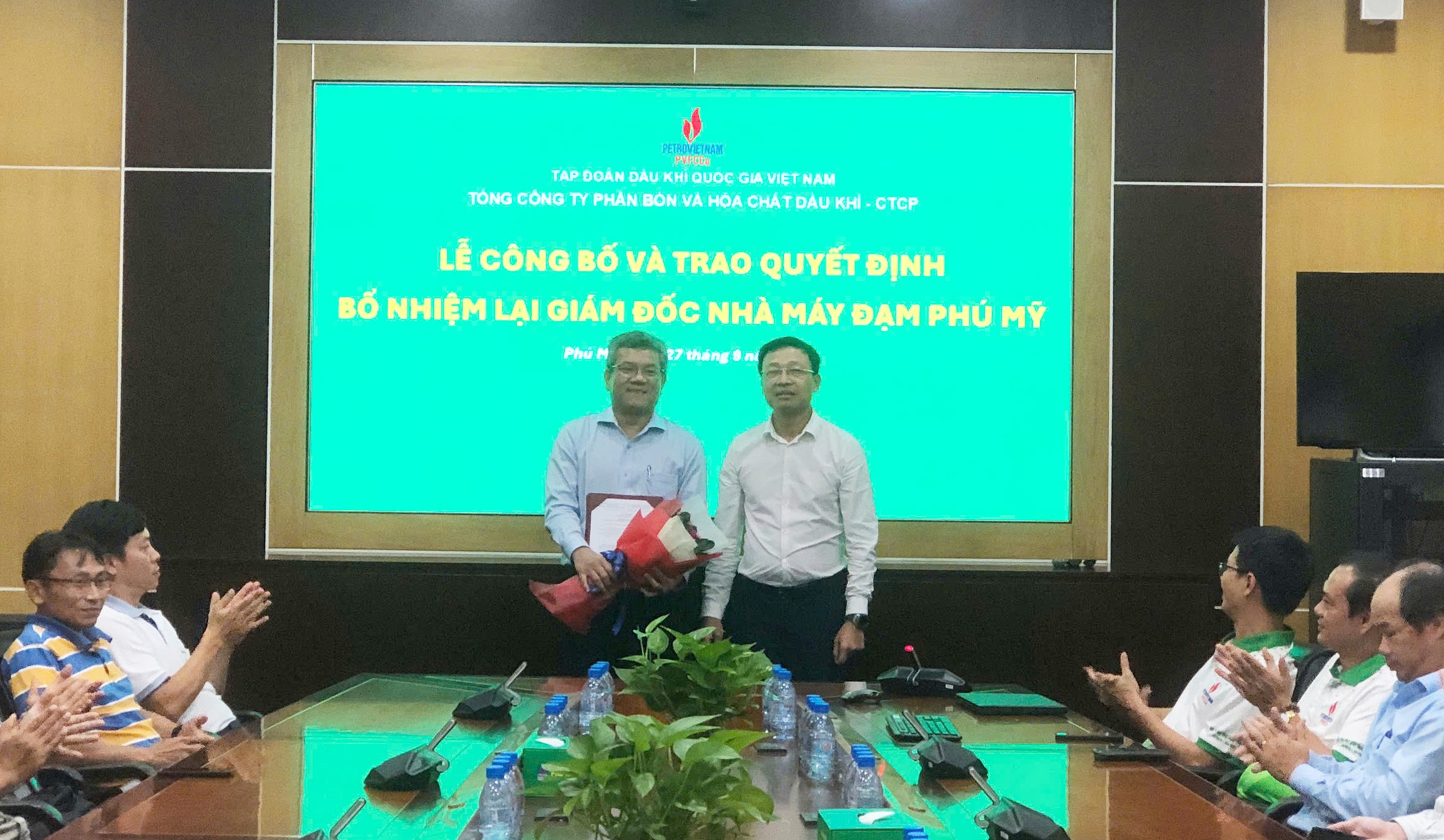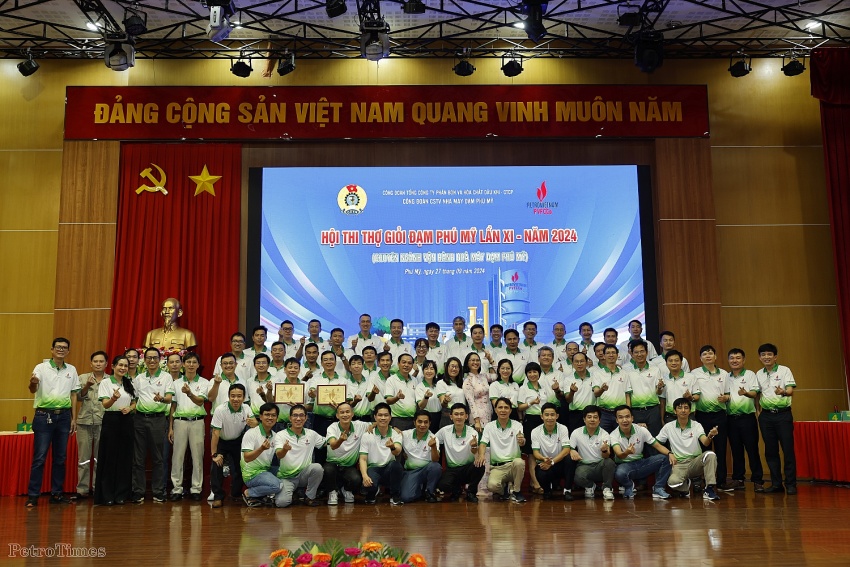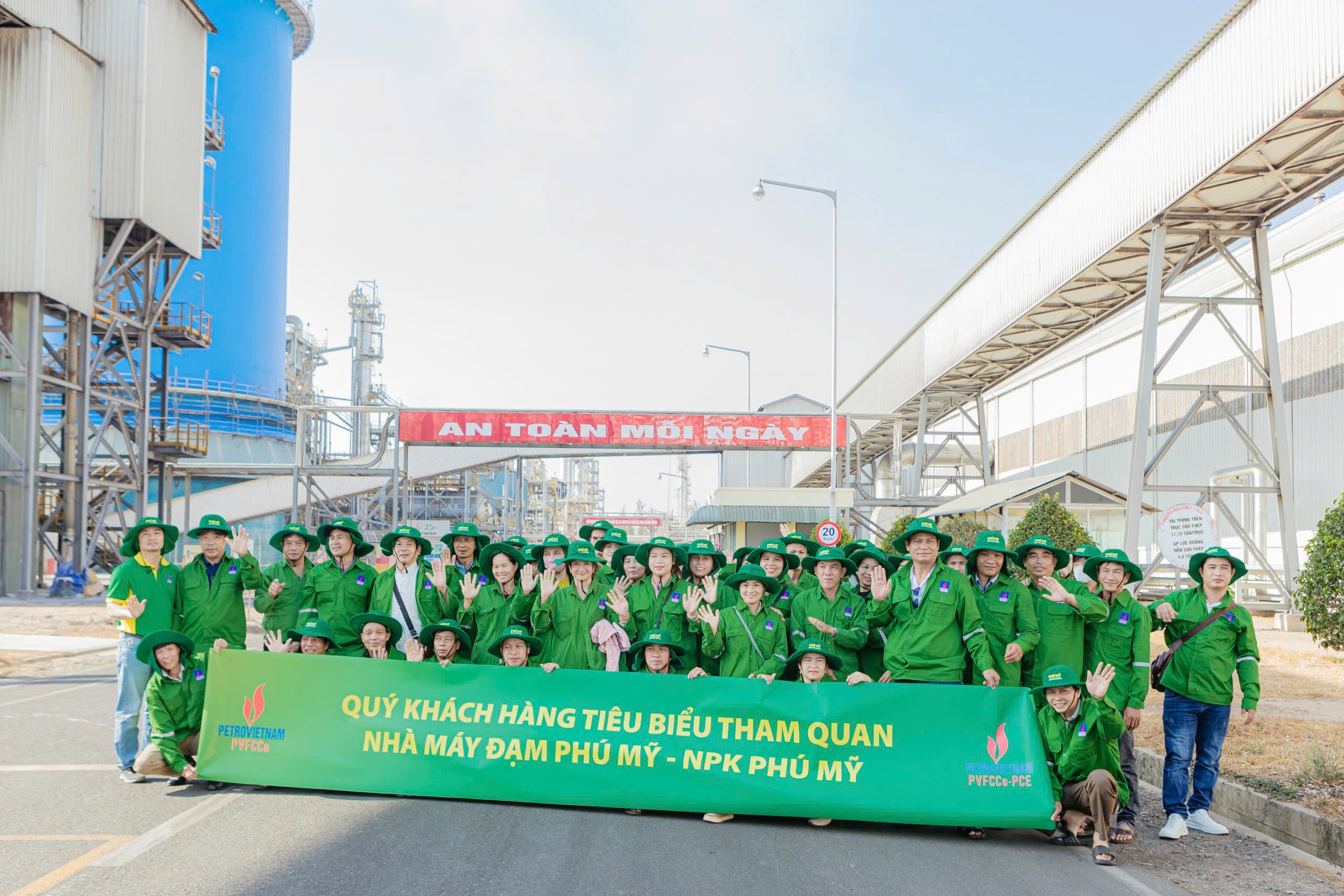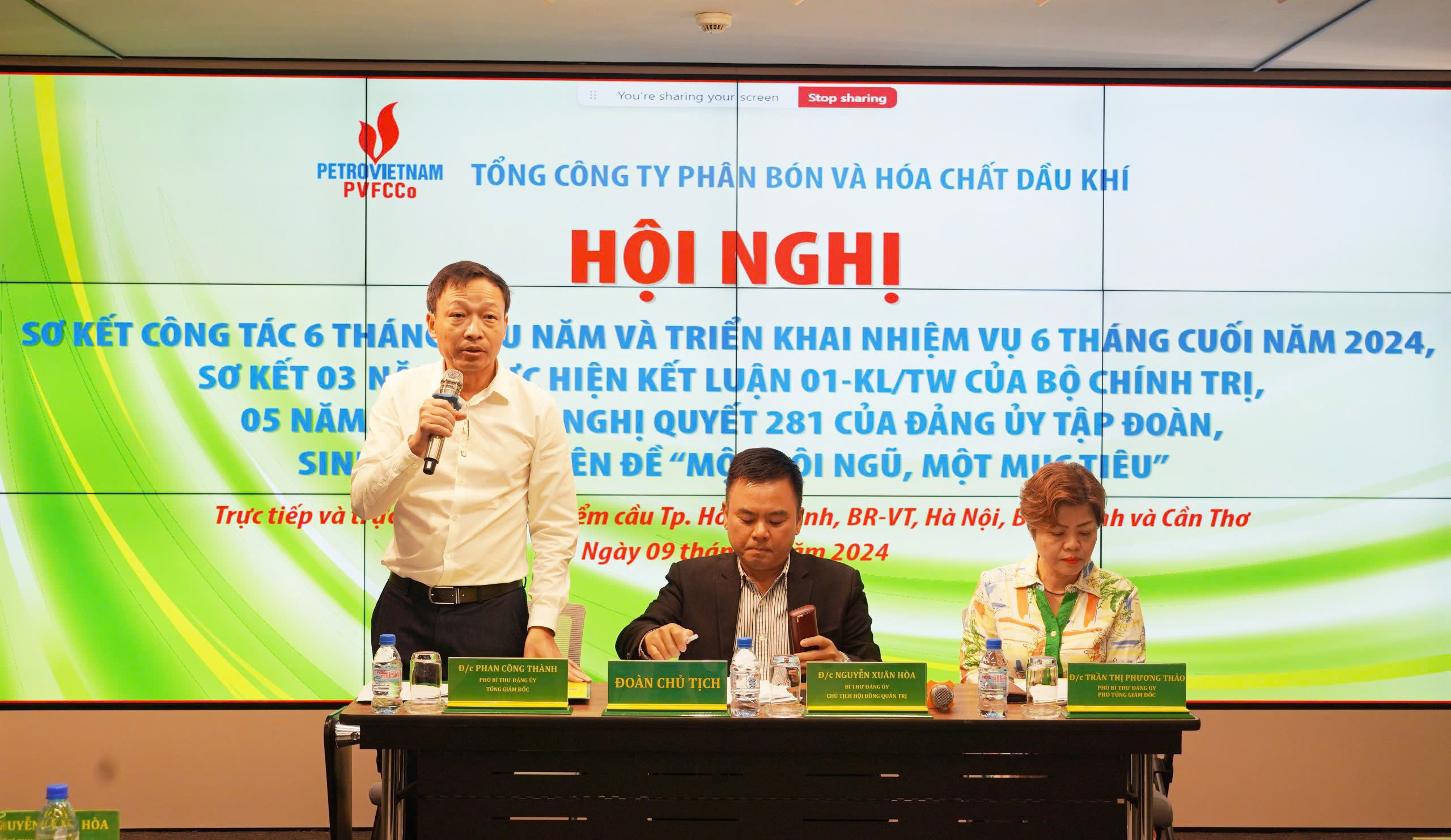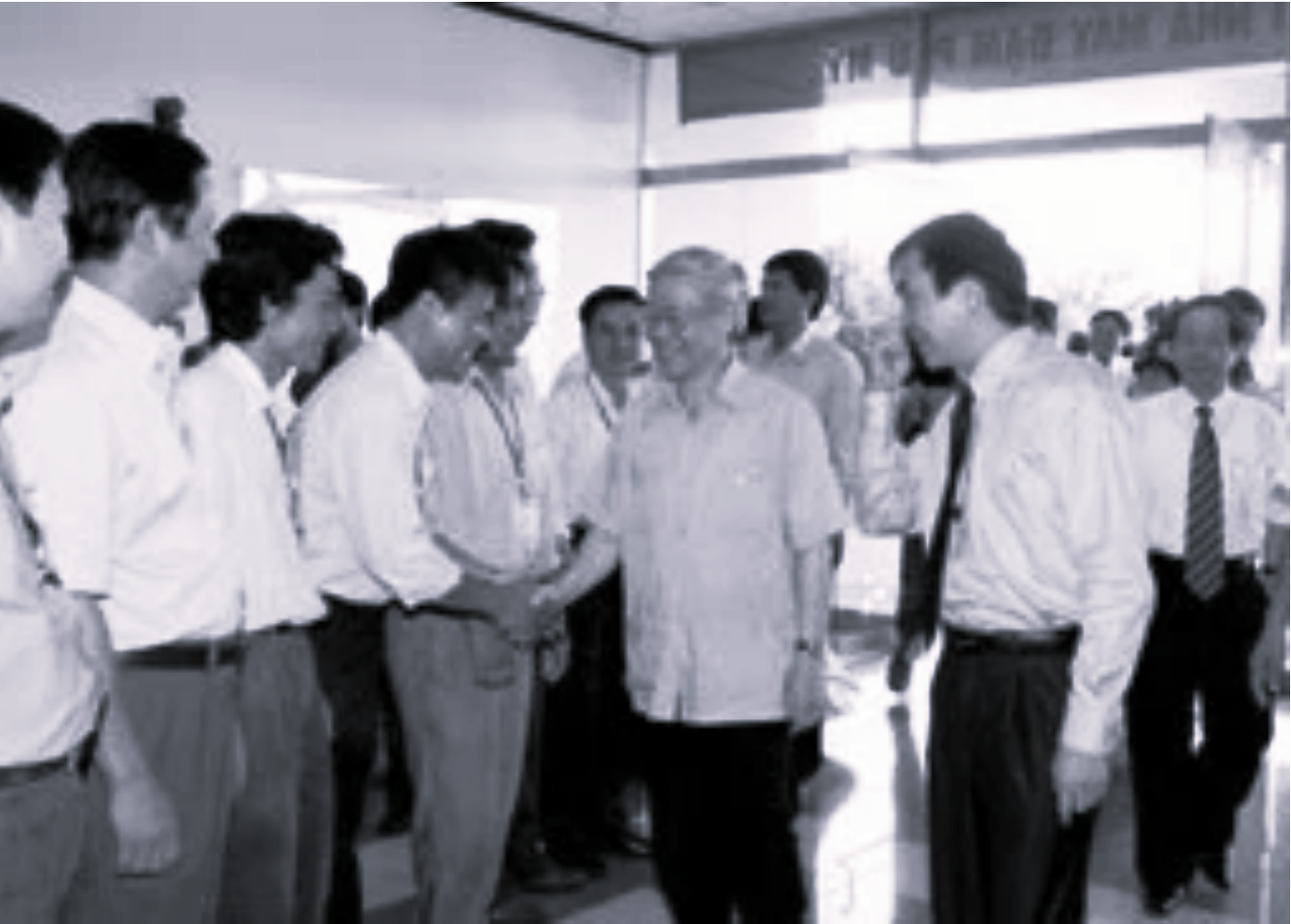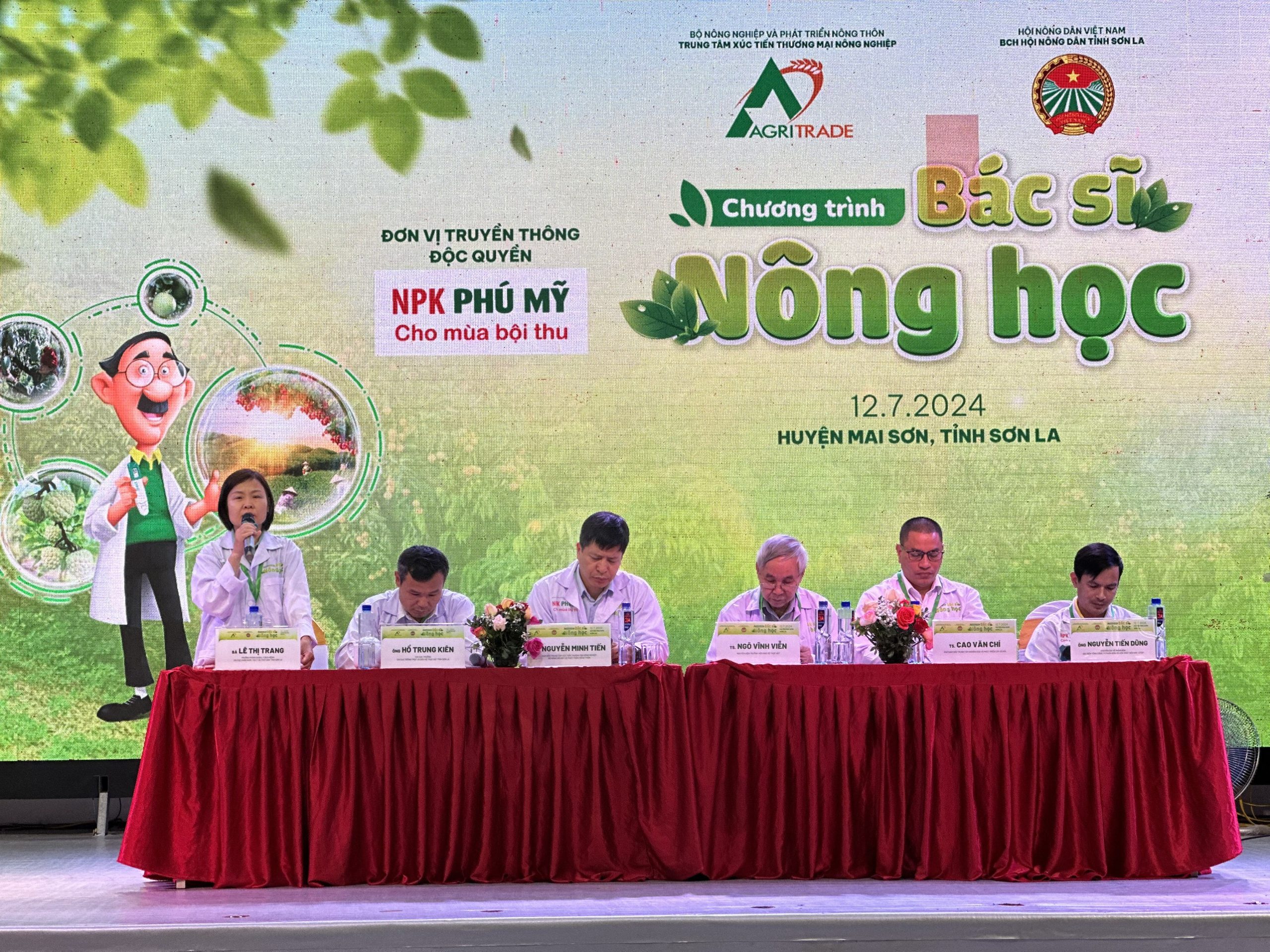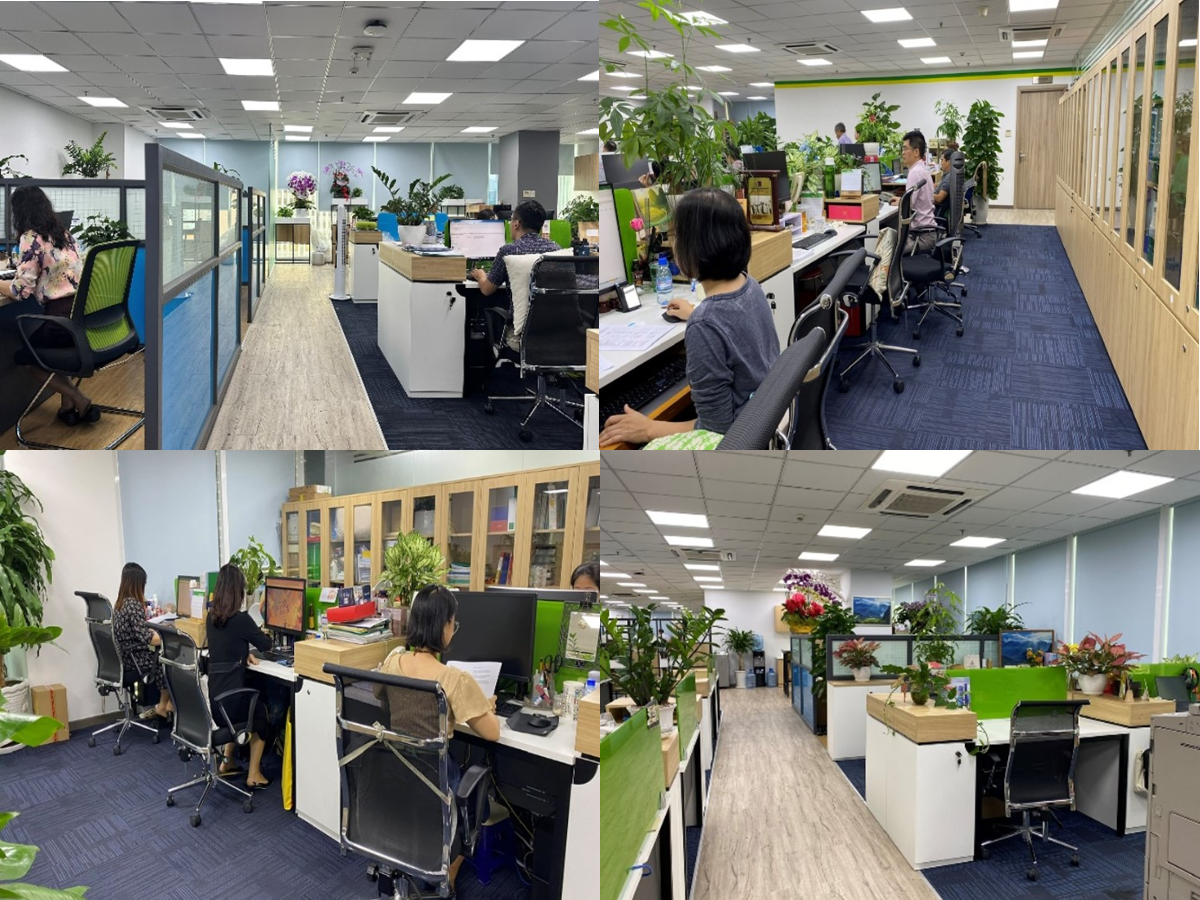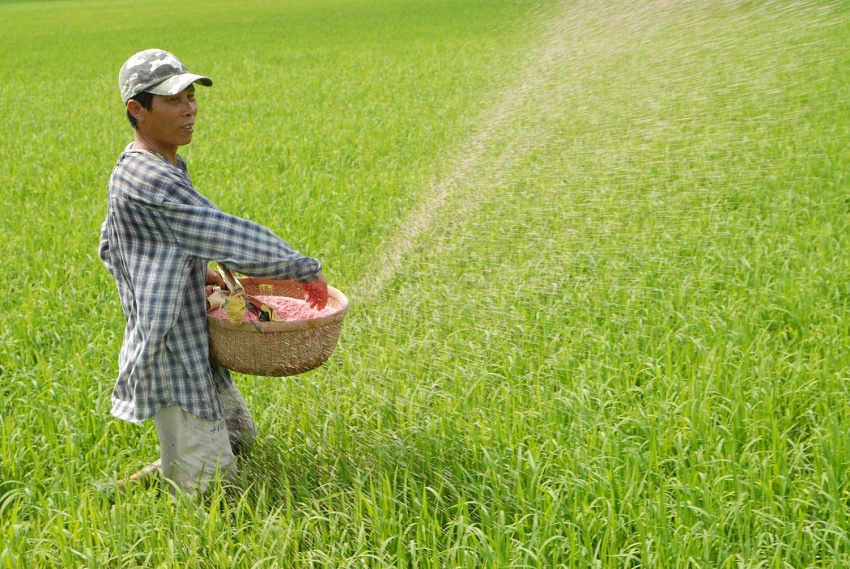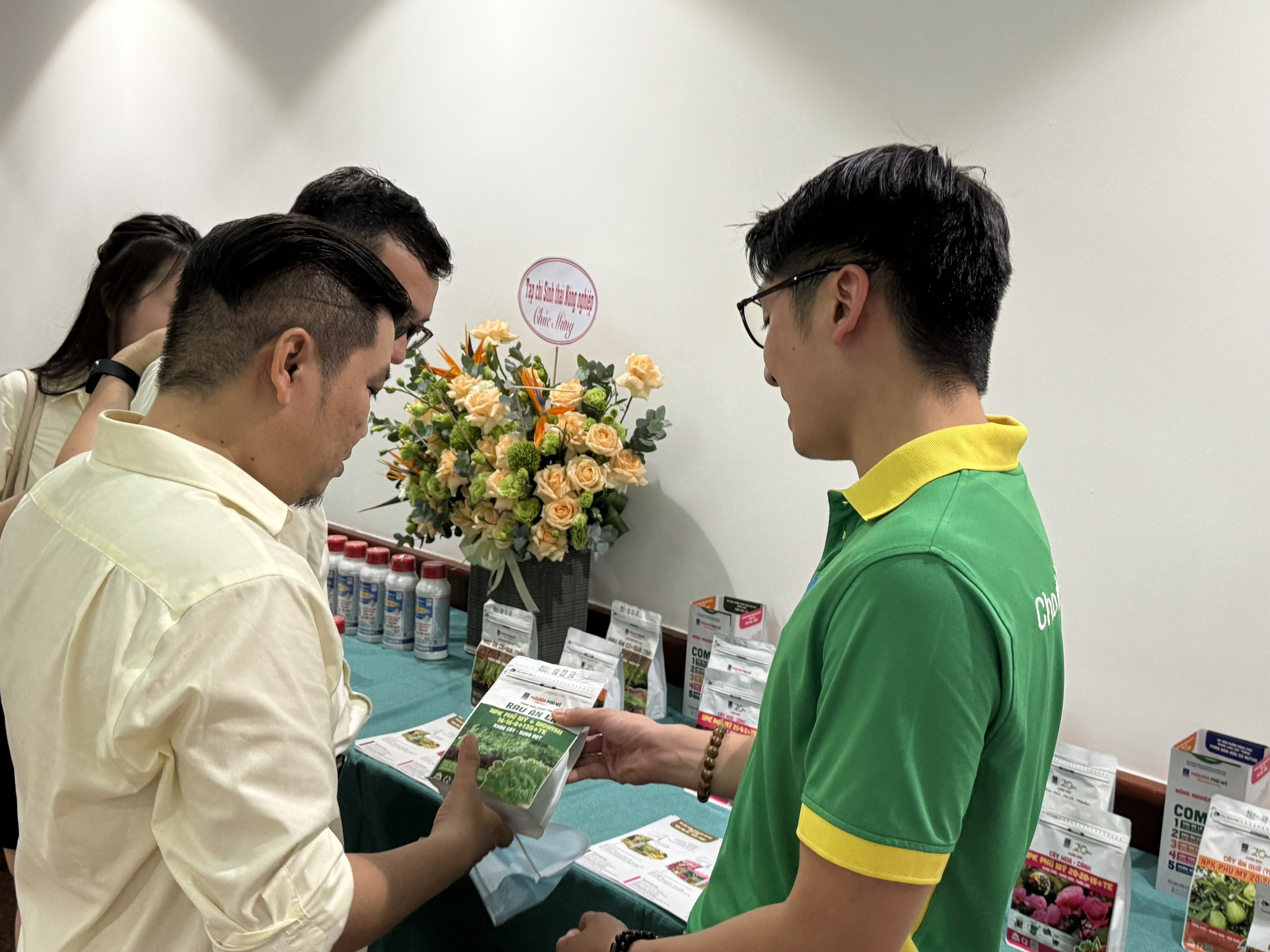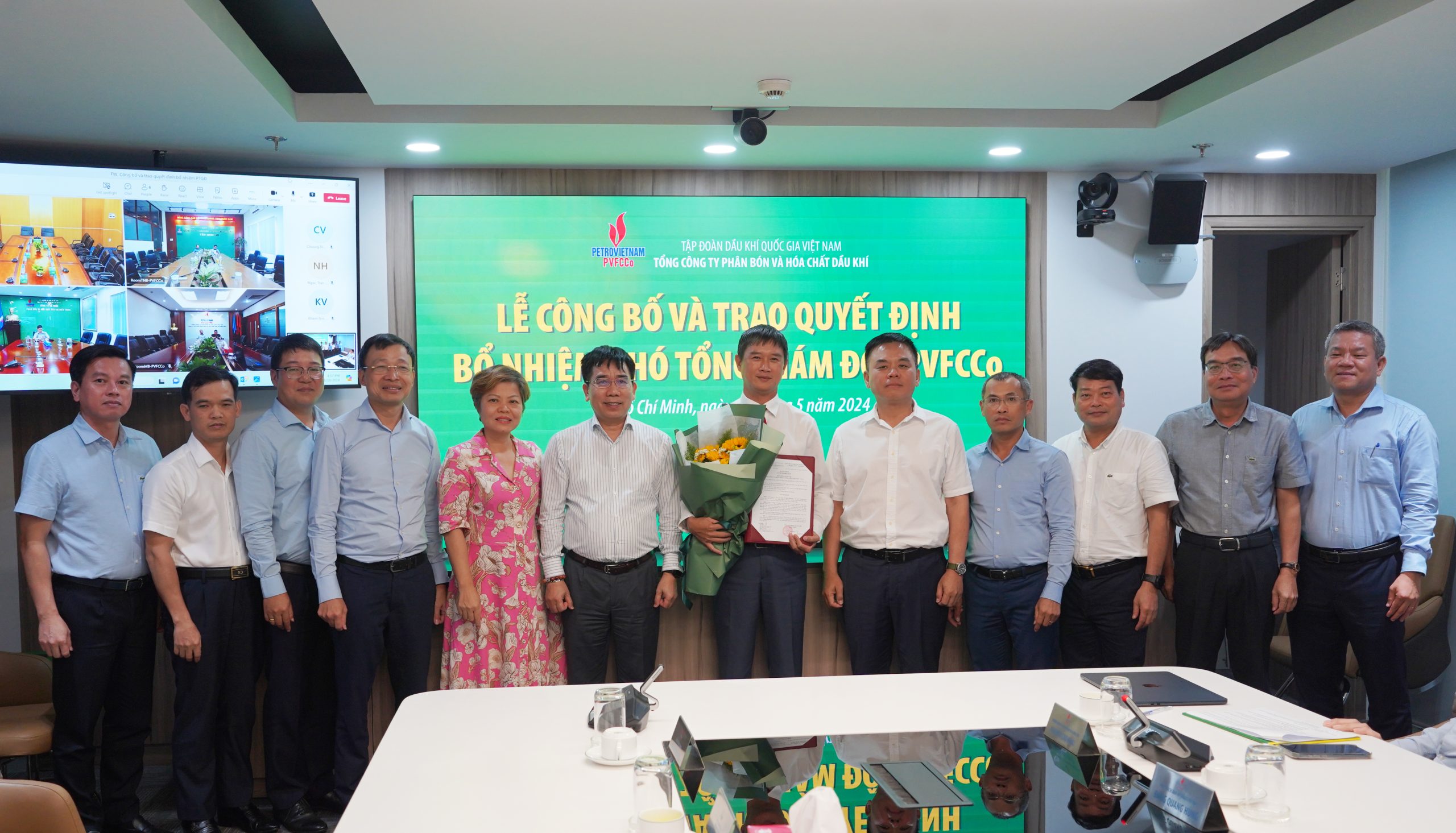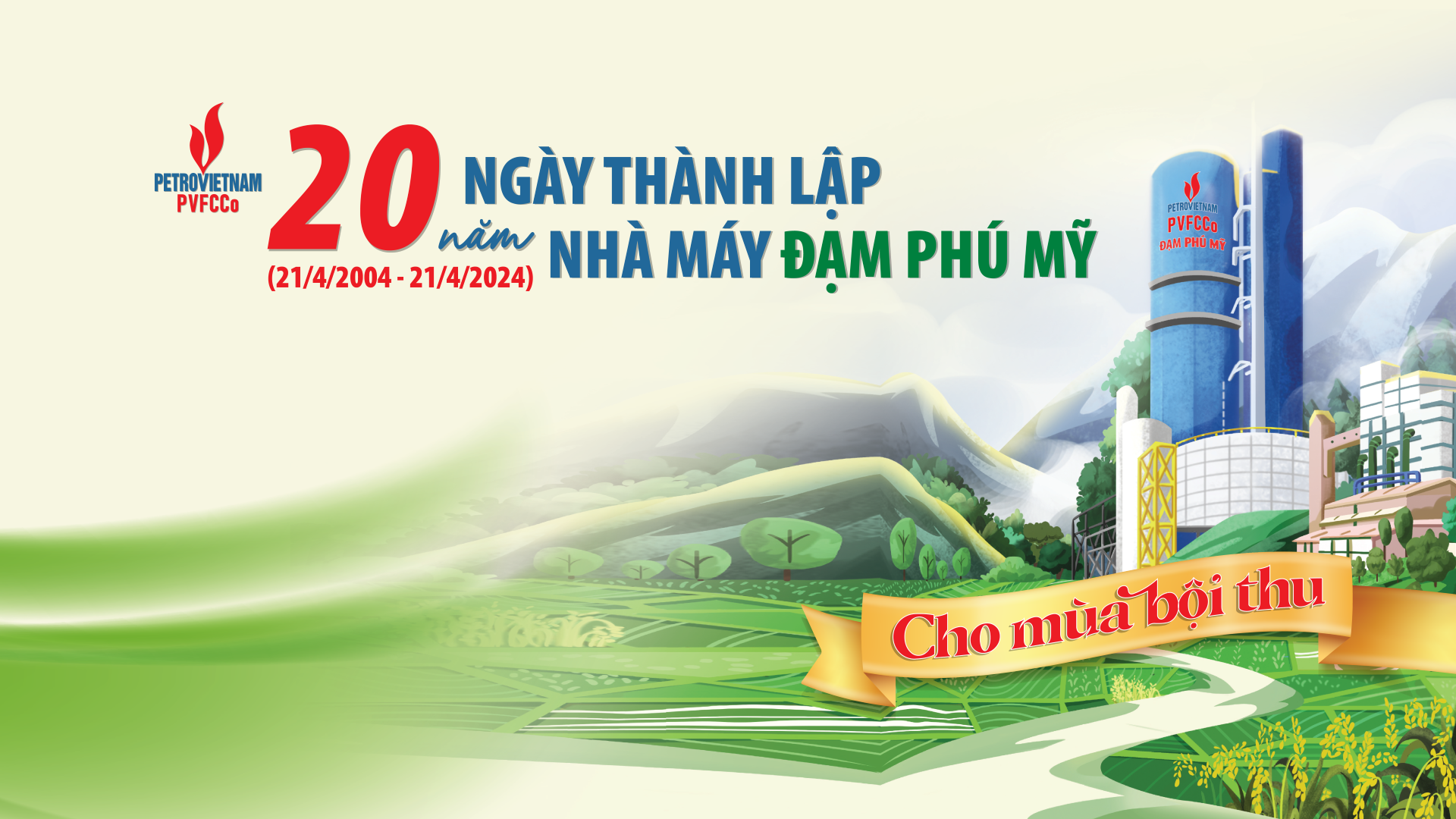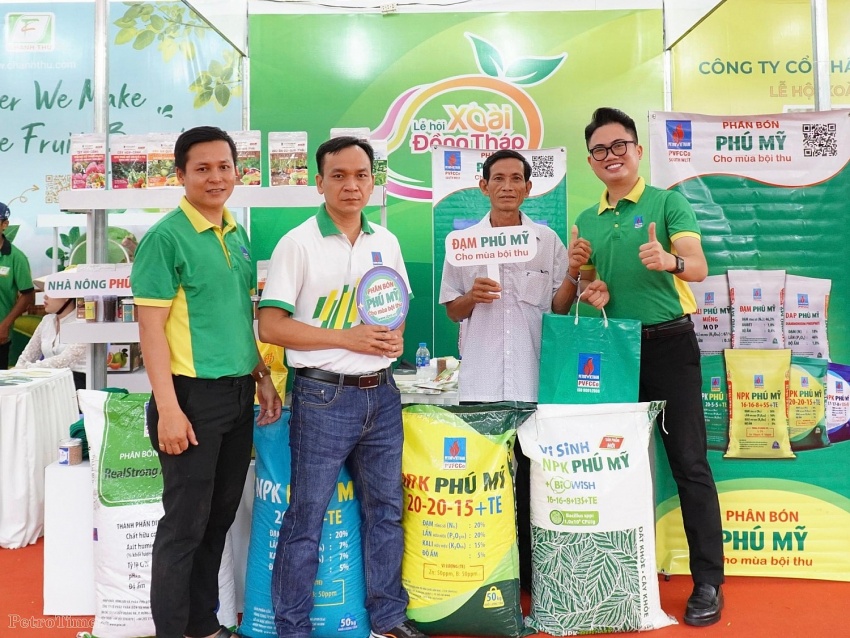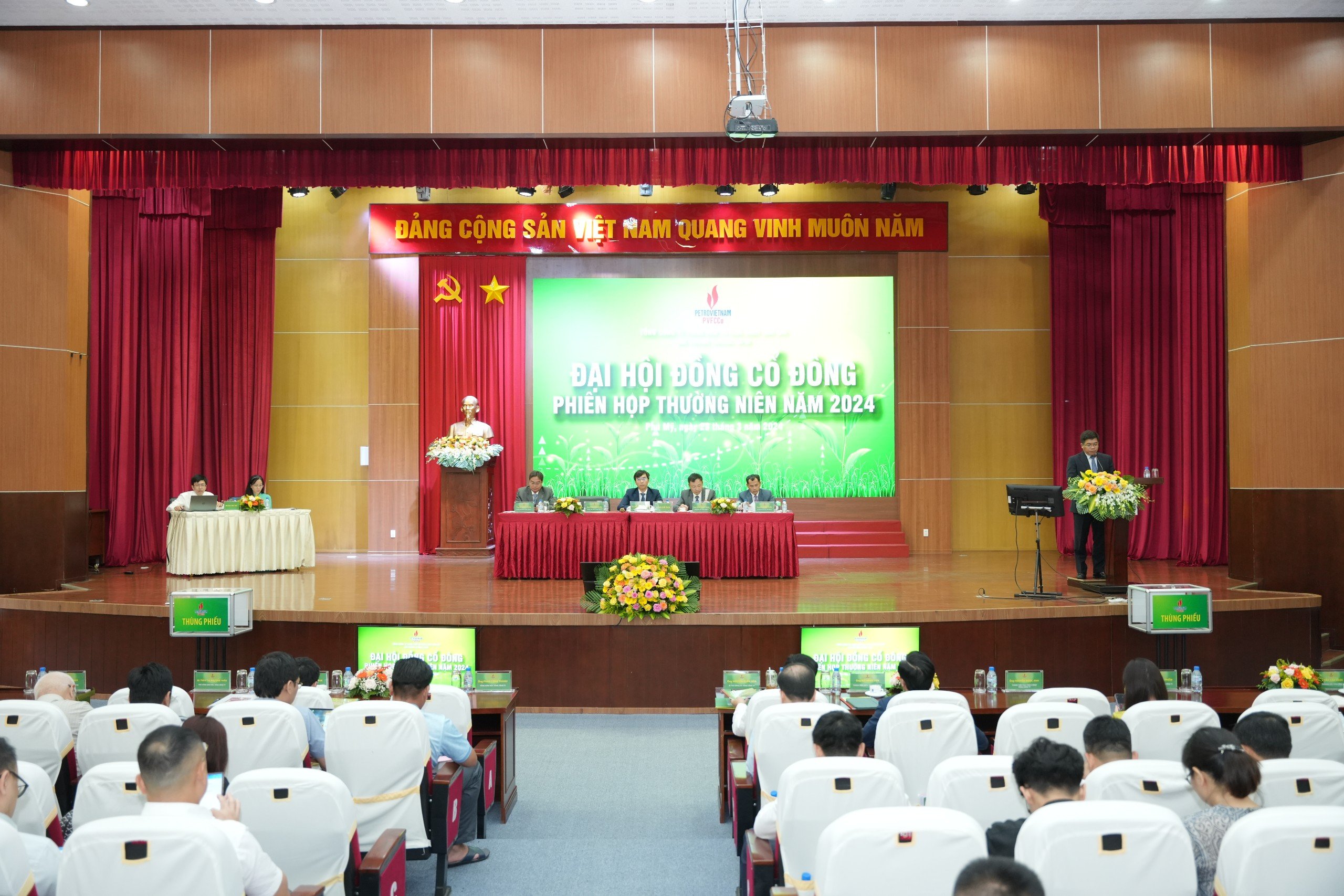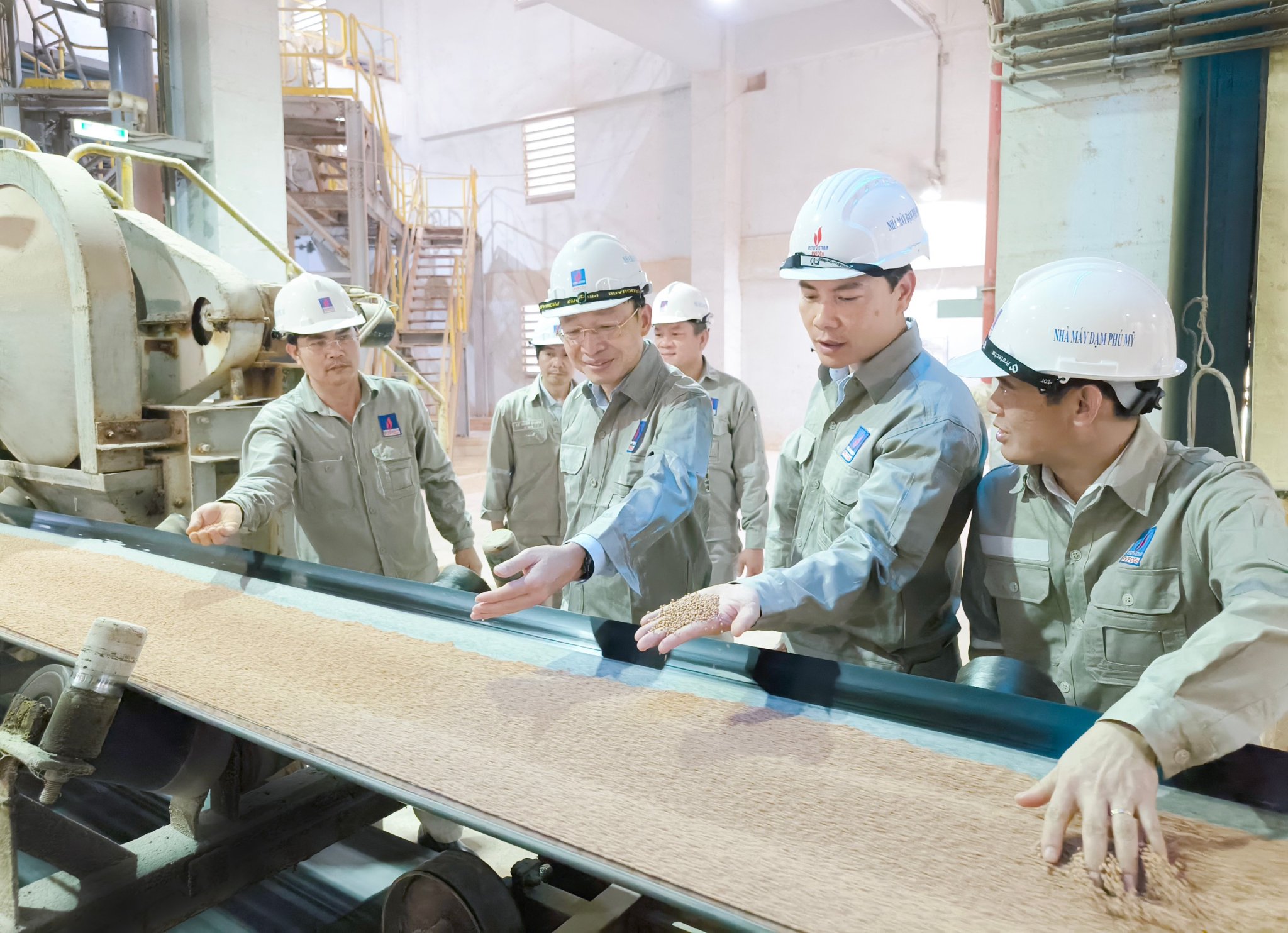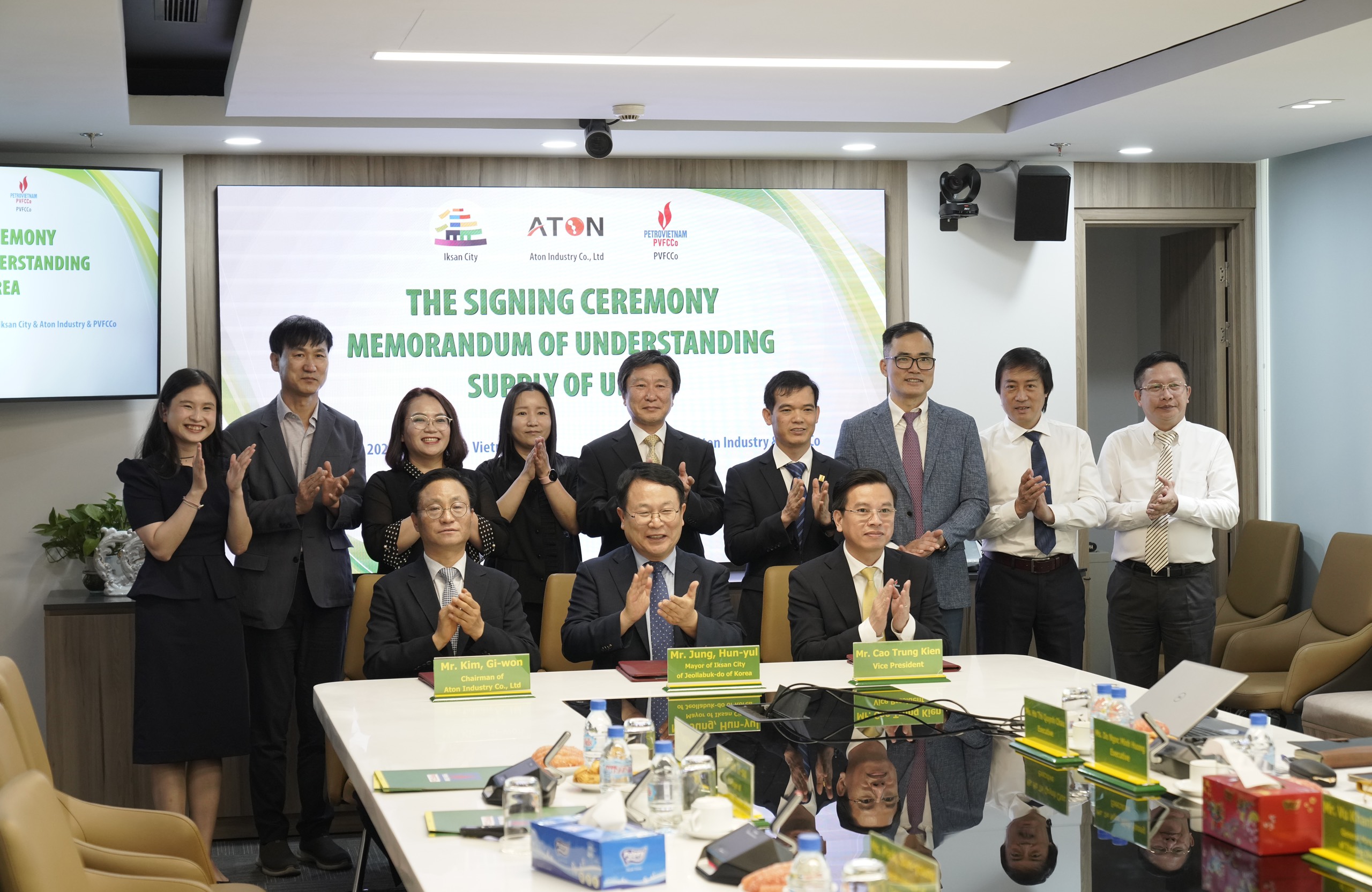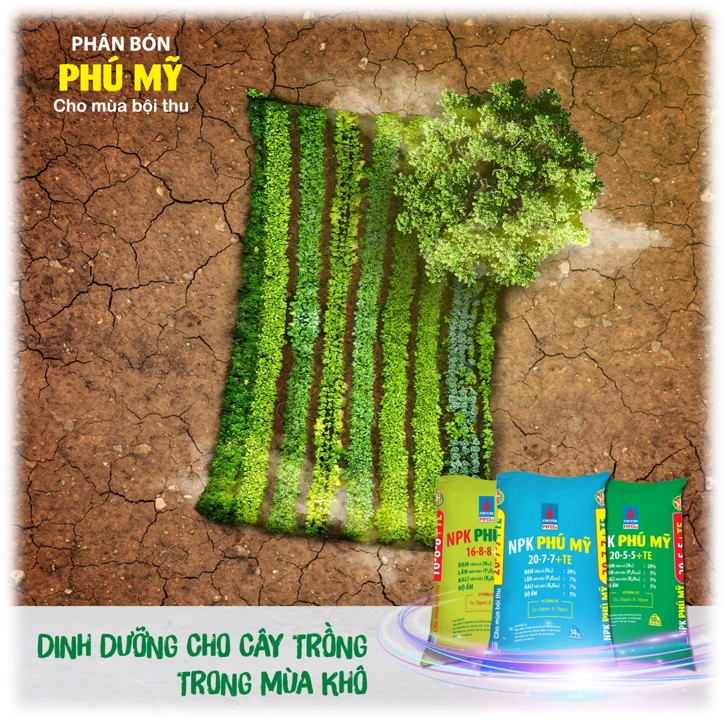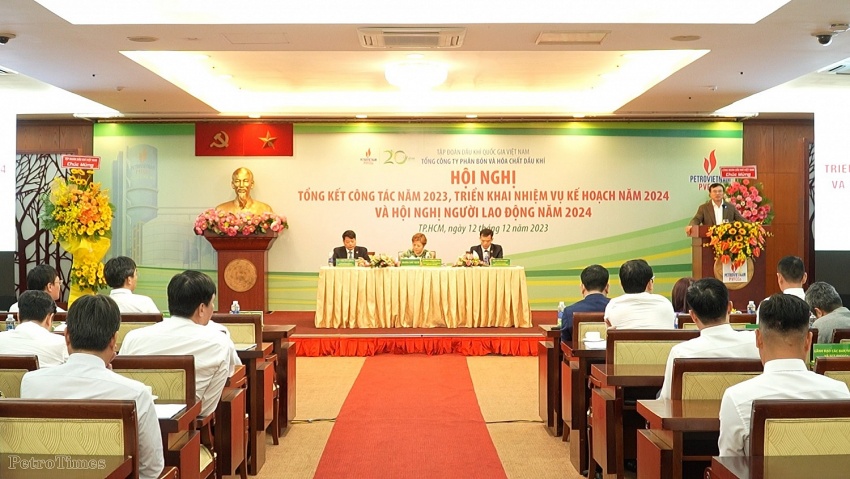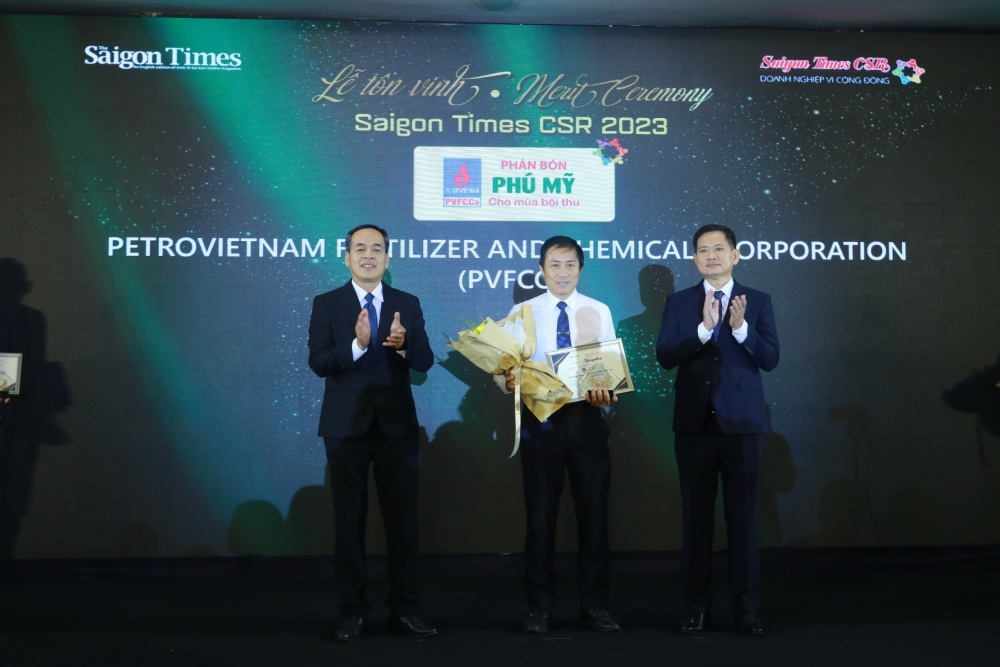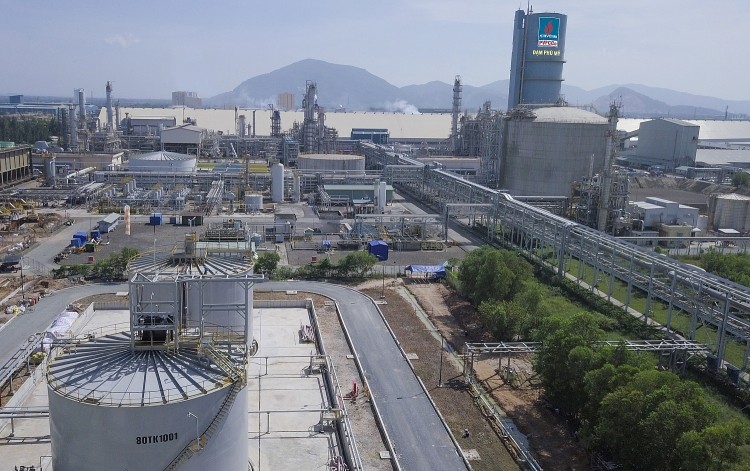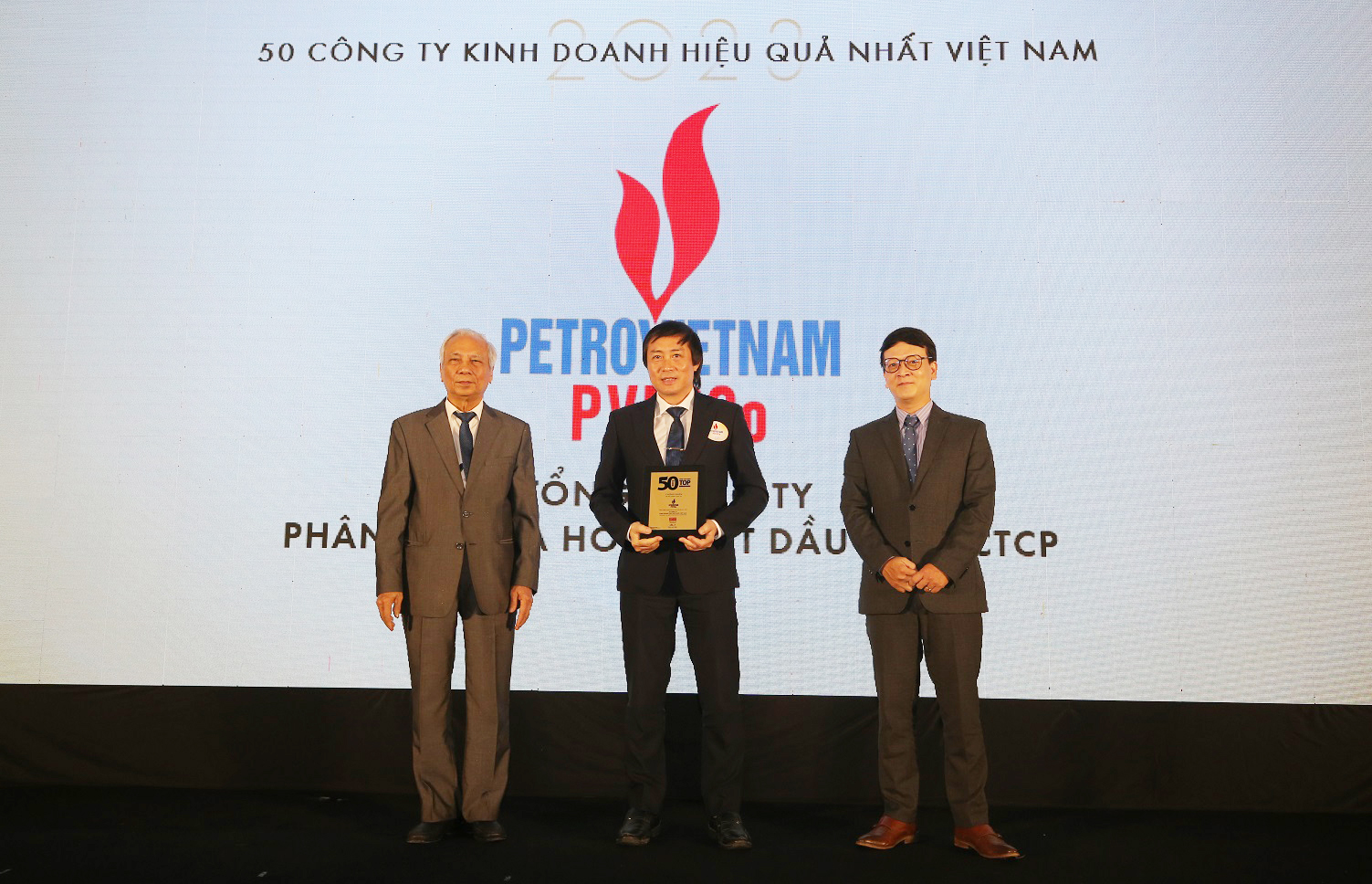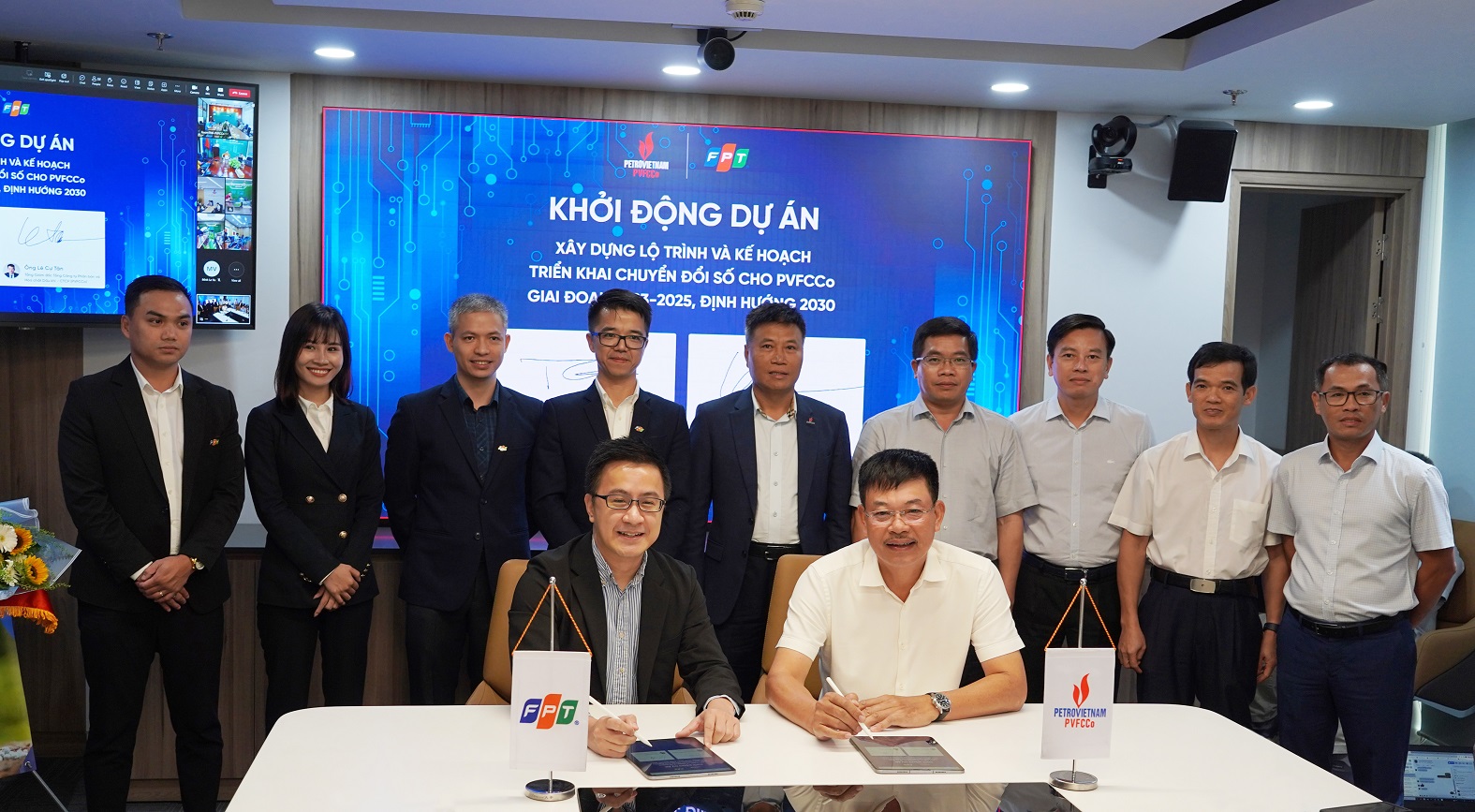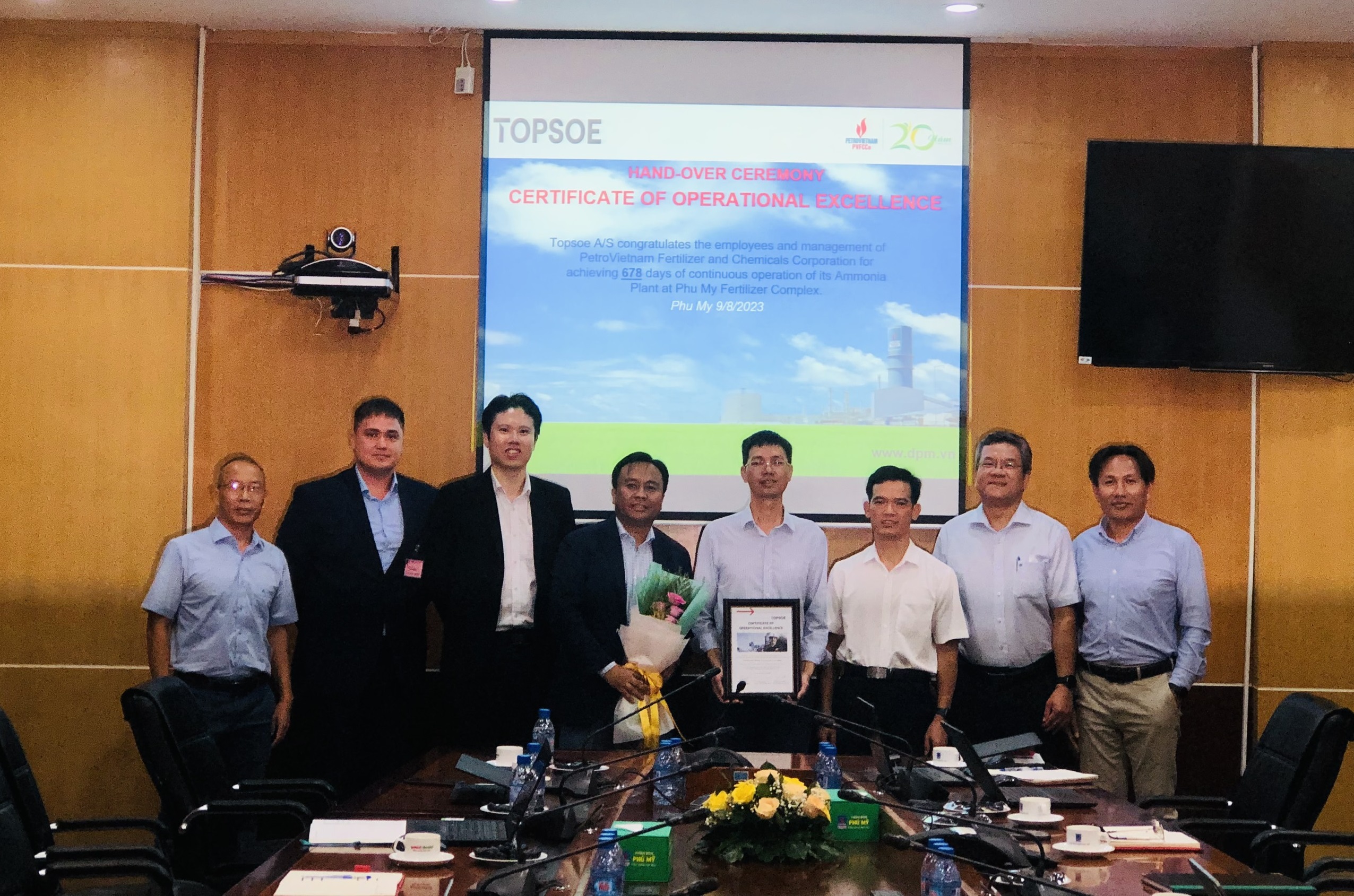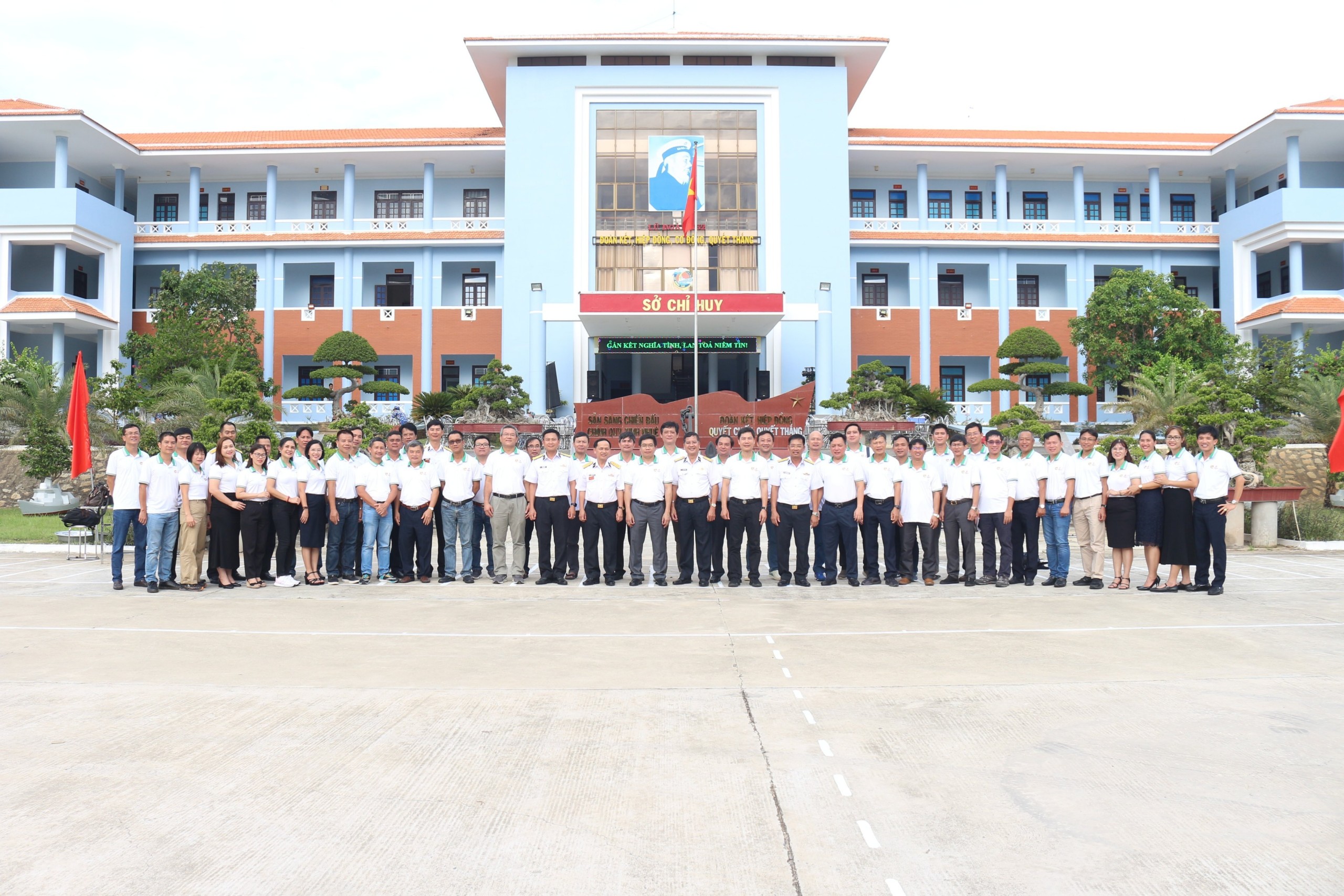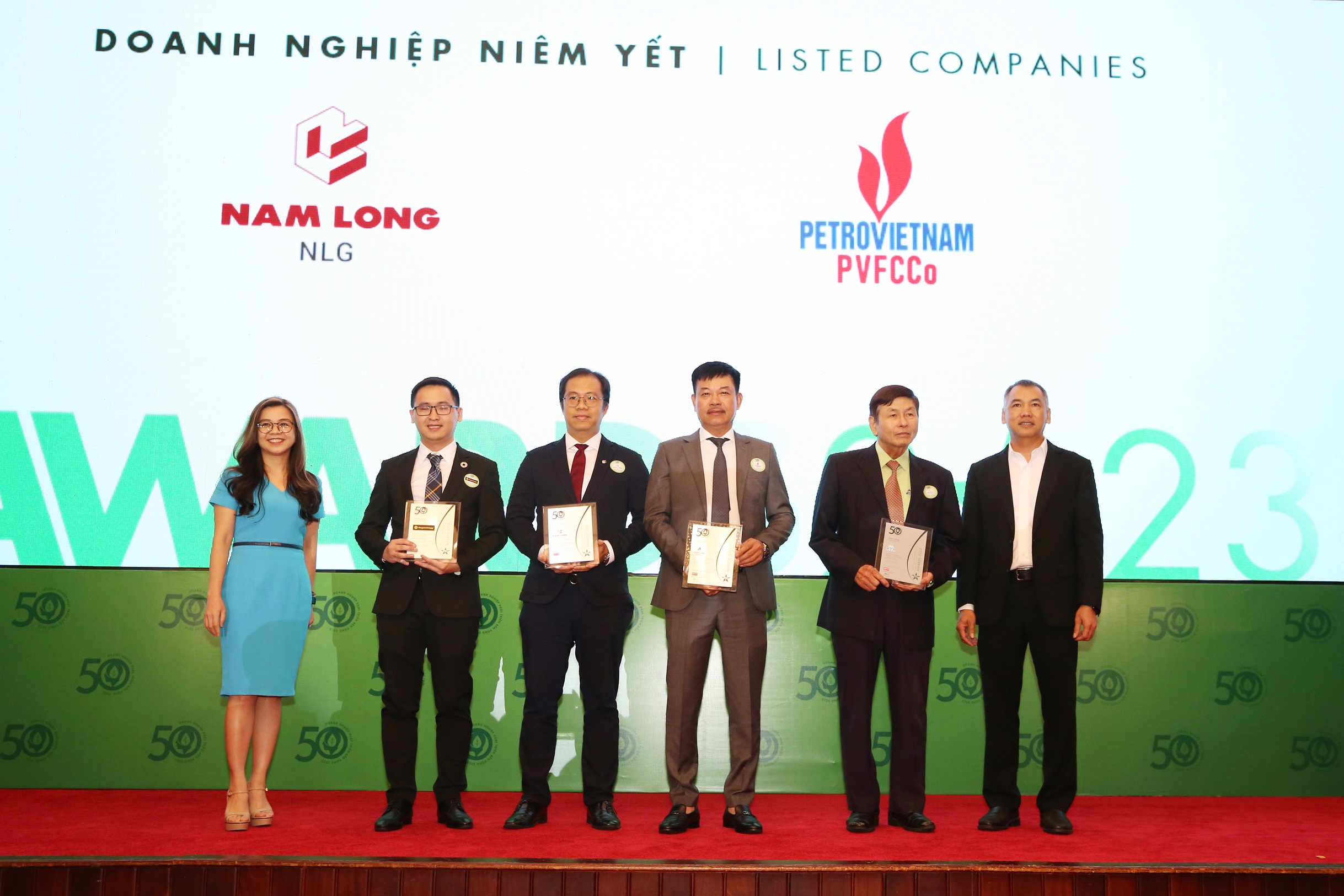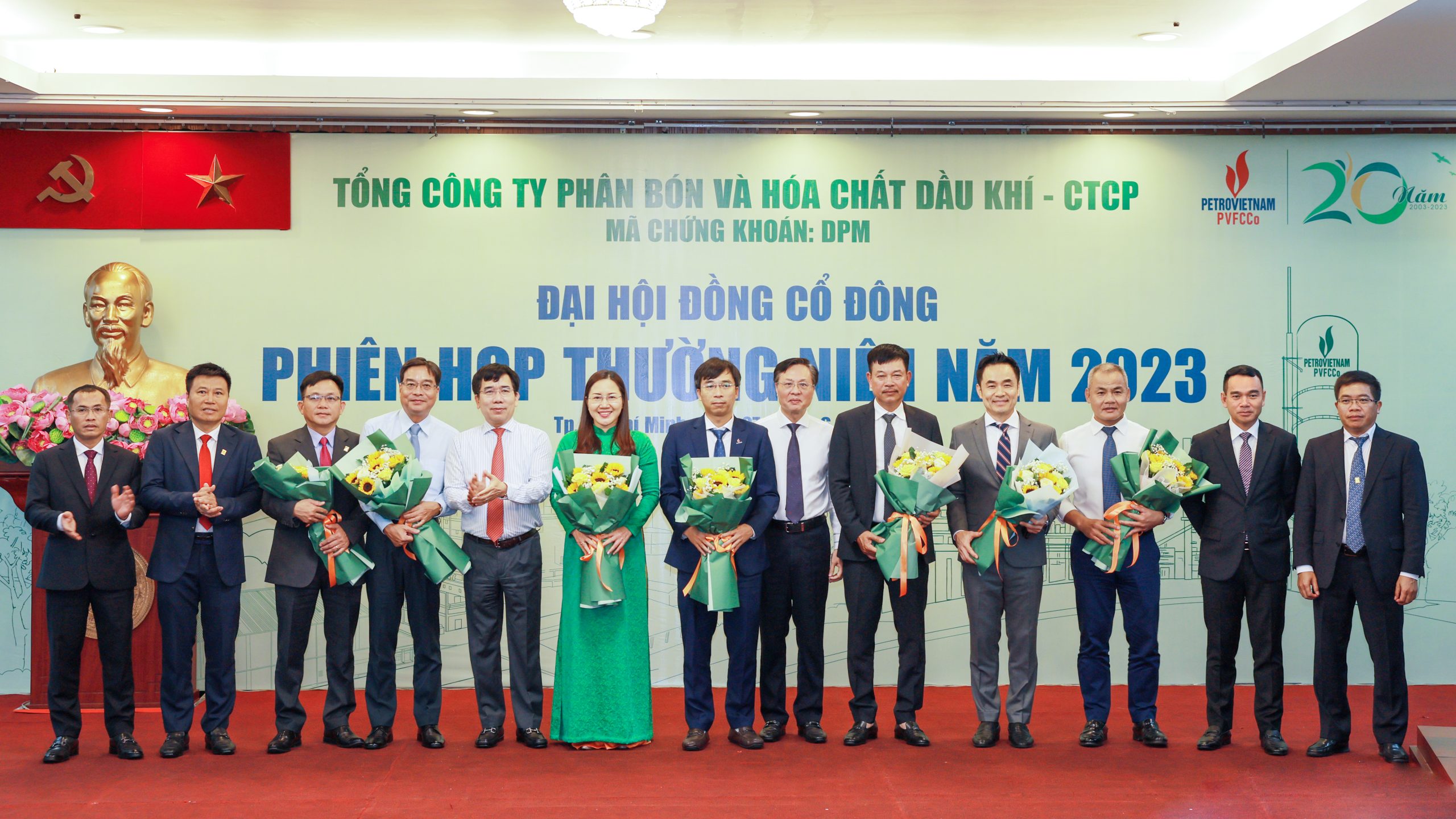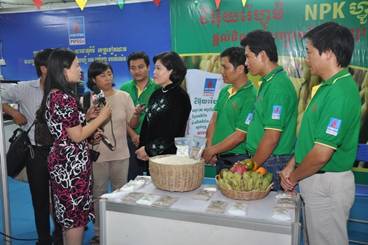Being present in the market for over 5 years, what “secret” has enabled NPK Phu My, a product of the PetroVietnam Fertilizer and Chemicals Corporation (PVFCCo), to establish a strong foothold and become one of the leading brands in the market while earning the trust of farmers? This part will reveal how NPK Phu My has been meticulously cared for by PVFCCo’s workforce, from perfecting existing products to producing new ones.
Meticulous Enhancement of Existing Products
NPK Phu My fertilizers are produced using the most advanced European technology, which has overcome the drawbacks of conventional NPK production. In this advanced technology, all nutrients and chemical components are encapsulated within a fertilizer granule. As a result, when fertilizing, plants absorb nutrients uniformly and in a balanced manner. Additionally, this technology effectively bonds the nutrients within the fertilizer granules, reducing issues like nutrient evaporation and leaching. Consequently, it enhances fertilizer utilization, contributing to improved economic efficiency for farmers.
With the application of modern technology as the foundation, the production team rigorously enforces quality control and management throughout all stages of product creation. The raw materials used in NPK Phu My production are either self-produced high-quality materials from the Phu My Urea Plant (ammonia, urea, etc.) or are imported from reputable global suppliers. Regarding quality control and nutrient content, every batch of raw materials and finished products is sampled and analyzed, ensuring independence, objectivity, compliance with legal regulations, and PVFCCo’s high standards. Thus, the nutrient content in NPK Phu My remains uniform and meets the declared standards.
The most challenging aspect for the production team is the product’s appearance and physical characteristics. During the initial phase of factory operation, while the product met nutritional standards, it fell short of satisfying the diverse and specific preferences of the Vietnamese market. The production team diligently sought causes, researched solutions, conducted marketing, and collaborated with the business department to gradually improve both the appearance and quality of the product. For example, in the packaging process, the team established and implemented packaging procedures with far more detailed and stringent requirements than before, catering to the diverse needs in terms of weight, formula, and packaging of premium compound fertilizers.
 Up to now, PVFCCo has introduced nearly 30 NPK Phu My product formulas to the market
Up to now, PVFCCo has introduced nearly 30 NPK Phu My product formulas to the market
New Products Born from Understanding the Fields
In addition to perfecting existing products, PVFCCo actively introduces new NPK Phu My products, with at least 01 new product line per year. These new products result from close collaboration between research, production, and business departments, aligning factory production capabilities with the needs of farmers and the agricultural sector.
One remarkable story involves the NPK Phu My + Beneficial Microorganisms, a type of inorganic NPK compound fertilizer containing beneficial microorganisms that PVFCCo pioneered and supplied to the market. The idea for this new product arose from an understanding of farmers’ desires for an inorganic compound fertilizer that ensures high crop yields while also improving soil quality, being convenient, and suitable for Vietnam’s diverse agricultural conditions and farming practices.
Scientific research results revealed that the most suitable and effective breakthrough solution to meet these desires was to incorporate beneficial microorganisms, in spore form, into inorganic NPK compound fertilizer granules. These microorganisms help break down cellulose, poorly soluble organic compounds, and post-harvest residues in the soil, enriching the soil with organic matter, making it fertile and loamy. However, this was an extremely challenging problem, much more difficult than adding microorganisms to organic fertilizers, as inorganic compound fertilizers are a combination of salt compounds.
Therefore, PVFCCo diligently and persistently collaborated with relevant agencies, experts, and the US-based Biowish Group, to conduct trials of adding Bacillus spp. beneficial microorganisms to inorganic NPK Phu My. These tests were carried out on several key crops in Vietnam, including high-value industrial crops and fruit trees. The results were outstanding and received recognition from the Plant Protection Department, leading to a decision to approve circulation and fertilizer codes. The factory successfully produced and introduced this product to the market in 2022. Over the past two years, practical usage in various regions has demonstrated that these NPK Phu My granules containing beneficial microorganisms not only provide nutrients like conventional NPK but also support the development of beneficial microorganisms in the soil. These microorganisms break down organic matter and residues, improve soil quality, enhance root growth, and contribute to sustainable soil development, resulting in high crop yields and quality.

Ms. Nguyen Thi Tuyet Lien (Loc Thang Commune, Bao Lam District, Lam Dong Province) happily stands by her high-yield garden when using NPK Phu My + Beneficial Microorganisms products
In our conversation with Mr. Hoang Kim Ngoc, Head of NPK Phu My Factory, he shared: “In our monthly work schedule today, in addition to industrial production at the factory, alongside production logs, there are market visits and notebooks that record the sincere, down-to-earth opinions of farmers and market officials about NPK Phu My products, which they themselves produce. It is heartening that over the years, these records, which reflect satisfaction, encouragement, and trust, have become more numerous. This is also the driving force for us to strive harder every day.”
In the current challenging NPK market landscape, determination and dedication, coupled with continuous product improvement by the production sector, are the “solid foundation” for the subsequent stages of supplying NPK Phu My products, which will be covered in the next issue.


